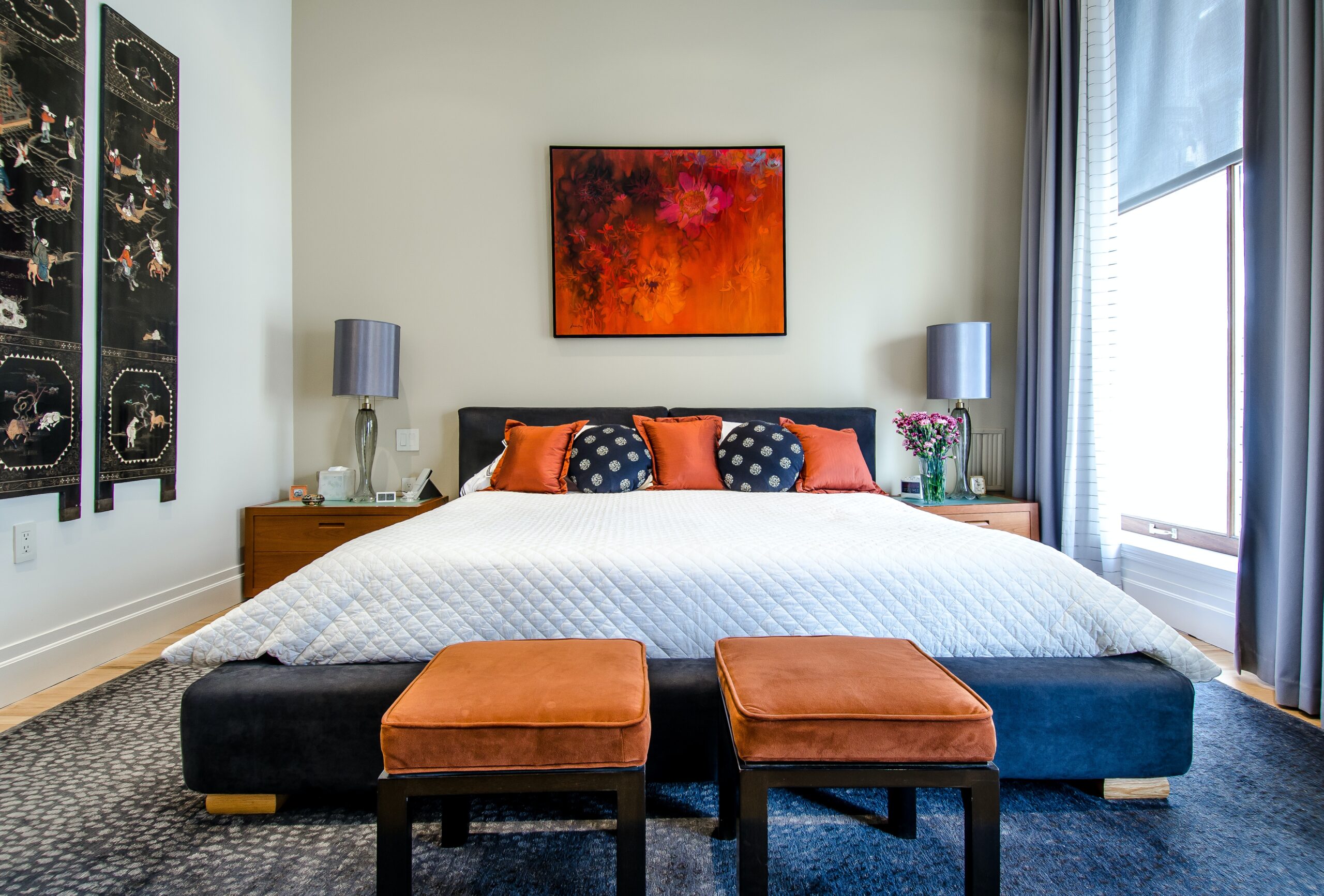So, you’re in the market for a new smart TV for your bedroom. With so many options out there, it can feel overwhelming trying to figure out what features are essential and what might be unnecessary. Luckily, we’re here to help. In this article, we’ll guide you through the key considerations you should keep in mind when buying a smart TV for your bedroom, ensuring that you pick the perfect one for your entertainment needs.

Screen Size
Consider the size of your bedroom
When choosing a smart TV for your bedroom, one of the first factors to consider is the size of your bedroom itself. The size of the TV should be proportionate to the size of the room and the distance you will be sitting from it. A larger bedroom can accommodate a bigger screen, while a smaller bedroom may require a more compact option. It’s important to find a balance between screen size and room size to ensure an immersive viewing experience without feeling overwhelmed.
Determine the ideal screen size based on viewing distance
Another important consideration is the optimal viewing distance for your smart TV. You want to ensure that you are able to comfortably see the details on the screen without straining your eyes or feeling too close. As a general rule of thumb, multiply the diagonal screen size by 1.5 to 2.5 to determine the ideal viewing distance. For example, if you have a 50-inch TV, the recommended distance would be around 6.25 to 10.4 feet. Keep in mind that individual preferences may vary, so adjust accordingly based on your personal comfort.
Take into account the space available for mounting or placing the TV
In addition to the size of your bedroom, consider the space available for mounting or placing the smart TV. If you have limited space, a wall-mounted option could be a great space-saving solution. On the other hand, if you have ample space, you can opt for a larger TV or even consider a TV stand with built-in storage to maximize functionality. Take measurements of the area where you plan to install the TV and ensure that it fits well without obstructing any other furniture or pathways.
Display Technology
Choose between LED, OLED, QLED, or MicroLED
When it comes to display technology, there are several options to choose from: LED, OLED, QLED, and MicroLED. LED (Light Emitting Diode) TVs are the most common and affordable option, offering decent picture quality and energy efficiency. OLED (Organic Light Emitting Diode) TVs, on the other hand, provide deeper blacks and vibrant colors due to their individually lit pixels. QLED (Quantum Dot LED) TVs utilize quantum dots to enhance color accuracy and brightness. MicroLED TVs are the newest innovation, offering superior picture quality and brightness, but are also the most expensive.
Understand the pros and cons of each display technology
Each display technology has its pros and cons. LED TVs are affordable and widely available, but they may not offer the same level of contrast and color accuracy as OLED or QLED TVs. OLED TVs provide exceptional picture quality and wide viewing angles but can be more expensive. QLED TVs offer vibrant colors and high brightness, making them ideal for well-lit rooms, but they may not match the deep blacks of OLED TVs. MicroLED TVs offer unparalleled picture quality, but they are currently limited in availability and come with a hefty price tag.
Consider your budget and desired picture quality
When choosing the display technology for your smart TV, consider your budget and desired picture quality. OLED and MicroLED TVs generally offer the best picture quality, but they may be out of reach for those on a tighter budget. LED and QLED TVs are more affordable options that still provide good picture quality, especially in well-lit rooms. Consider your viewing preferences, the content you will be watching, and your budget when making a decision on the display technology for your smart TV.
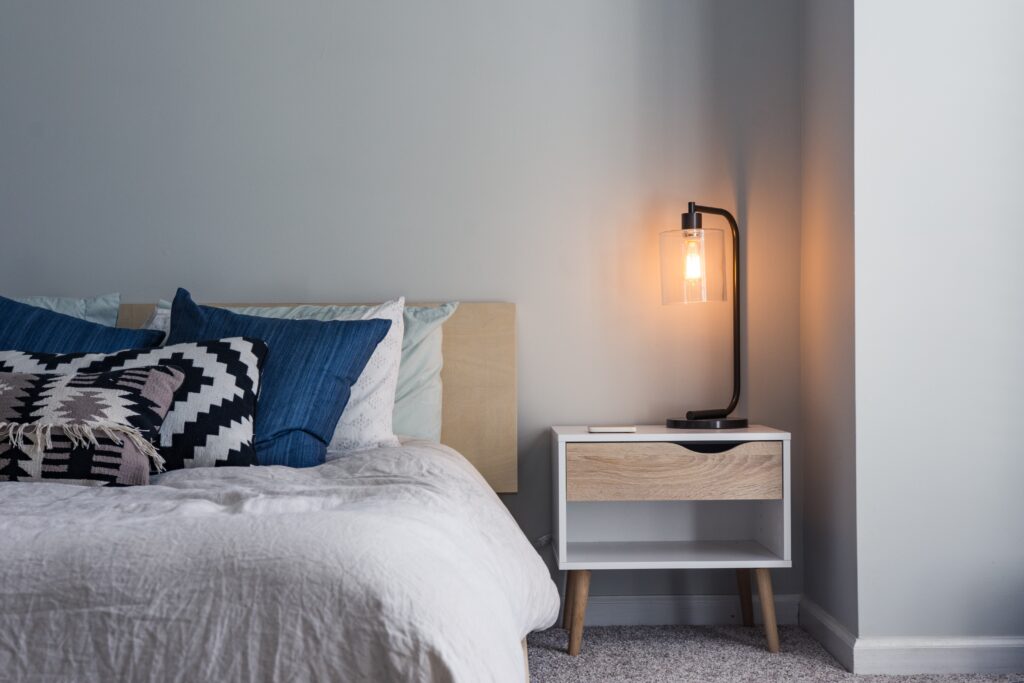
Resolution
Opt for a 4K Ultra HD resolution for sharper details
Resolution refers to the number of pixels on the screen and greatly affects the level of detail and clarity in the image. When it comes to resolution, 4K Ultra HD has become the recommended standard for smart TVs. With a resolution of 3840 x 2160 pixels, 4K TVs offer four times the resolution of Full HD (1080p) TVs, resulting in sharper details and more lifelike visuals. Whether you’re watching movies, playing games, or streaming content, a 4K resolution will provide a more immersive and enjoyable experience.
Consider your budget and the availability of 4K content
While 4K Ultra HD resolution offers exceptional viewing quality, it’s important to consider your budget and the availability of 4K content. 4K TVs tend to be pricier compared to Full HD options, so if budget constraints are a concern, it may be worth considering a Full HD TV instead. Additionally, ensure that you have access to 4K content from streaming services, Blu-ray discs, or gaming consoles to fully utilize the benefits of a 4K TV. If the majority of your content is still in 1080p or lower resolution, a Full HD TV might suffice for your needs.
Decide if a lower resolution, such as 1080p, would suffice
If a 4K Ultra HD TV seems out of reach or unnecessary for your viewing habits, a lower resolution such as 1080p might be a more suitable option. 1080p Full HD TVs still provide a high-definition viewing experience with good picture quality. They are generally more affordable and are suitable for those who primarily watch cable or satellite TV, which often broadcasts in 1080p resolution. However, keep in mind that as 4K content continues to grow in popularity, investing in a 4K TV may offer better future-proofing.
Operating System
Choose between popular smart TV platforms: Android TV, webOS, Tizen, etc.
When it comes to the operating system of your smart TV, there are several popular platforms to choose from, each offering a unique user experience. Android TV, developed by Google, provides a familiar interface and access to a wide range of apps from the Google Play Store. webOS, developed by LG, offers a sleek and intuitive interface with easy navigation and a comprehensive app store. Tizen, developed by Samsung, provides a user-friendly interface with support for various streaming services. Consider the features and interface of each platform before making a decision.
Consider the user interface, app availability, and ease of use
The operating system of your smart TV greatly affects the overall user experience. Consider the user interface of each platform and determine which one you find the most intuitive and user-friendly. Additionally, check the app availability and ensure that the platform you choose offers the apps and streaming services you regularly use. Easy navigation, quick access to settings, and seamless integration with other smart devices are also important considerations to make your TV experience as smooth as possible.
Ensure compatibility with your other smart devices and streaming services
If you already own other smart devices or use specific streaming services, it’s essential to ensure that your chosen smart TV’s operating system is compatible. Check if the TV supports casting or screen mirroring from your smartphone or tablet. If you use voice assistants like Google Assistant or Amazon Alexa, make sure the TV has the necessary compatibility. Seamless integration between your smart TV, devices, and services will enhance convenience and allow for a more connected and personalized entertainment ecosystem.
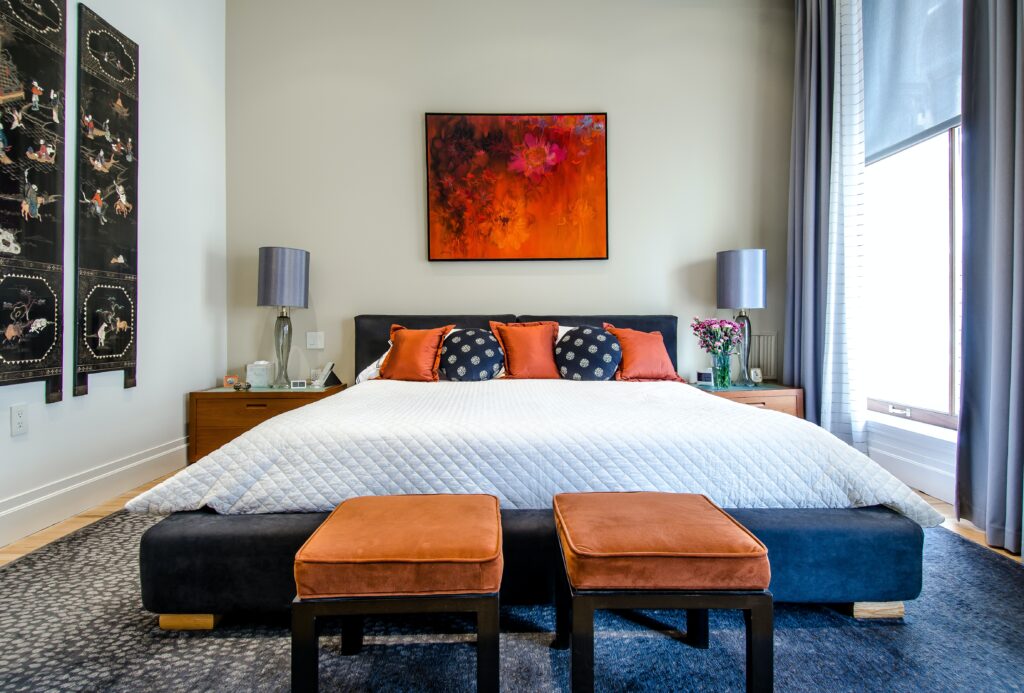
Connectivity Options
Check for sufficient HDMI ports for connecting devices
Connectivity options are crucial when it comes to setting up your smart TV and connecting other devices. HDMI (High-Definition Multimedia Interface) ports are essential for connecting devices like gaming consoles, Blu-ray players, soundbars, or set-top boxes. Check if the smart TV has sufficient HDMI ports to accommodate your needs. It’s recommended to have at least three HDMI ports to ensure you have enough flexibility for various devices without constantly switching cables.
Ensure the TV has built-in Wi-Fi and Ethernet for internet connectivity
To enjoy the full benefits of a smart TV, ensure that it has built-in Wi-Fi and Ethernet capabilities for internet connectivity. Wi-Fi allows for wireless connection to your home network, while Ethernet provides a wired and more stable connection. Both options are necessary for streaming content, accessing online apps, and downloading software updates. Having both Wi-Fi and Ethernet options gives you the flexibility to choose the most suitable connection method based on your setup and network stability.
Consider additional connectivity options like Bluetooth and USB ports
Beyond HDMI and internet connectivity, consider additional connectivity options based on your requirements. Bluetooth is especially useful for wirelessly connecting peripherals such as keyboards, mice, or speakers to enhance functionality. USB ports are handy for connecting external storage devices or playing media files directly from a USB drive. These additional connectivity options can greatly enhance the versatility and convenience of your smart TV, so consider their availability and number when making a decision.
Audio Quality
Evaluate the sound output and built-in speakers
While visuals are important, audio quality is equally crucial for an immersive entertainment experience. Evaluate the sound output and built-in speakers of the smart TV you’re considering. Look for TVs that offer good sound quality, clear dialogue, and decent volume levels. Keep in mind that slim design TVs may sacrifice audio quality for sleekness, so it may be worth investing in additional audio equipment if you prioritize high-quality sound.
Check for support of advanced audio technologies like Dolby Atmos
Advanced audio technologies can greatly enhance your sound experience. Check if the smart TV supports technologies like Dolby Atmos, which creates a three-dimensional audio experience by moving sound around the room. Dolby Atmos is especially immersive when paired with compatible soundbars or speakers. If you value high-quality sound and a cinema-like experience, look for TVs that support advanced audio technologies and consider investing in a sound system or soundbar for enhanced audio performance.
Consider investing in a soundbar or external speakers for enhanced audio
To further enhance your audio experience, consider investing in a soundbar or external speakers. While smart TVs have come a long way in audio quality, dedicated audio equipment can provide more depth, clarity, and surround sound capabilities. Soundbars are a popular choice for their convenience and ability to deliver high-quality audio without much setup. For a more immersive experience, consider a surround sound system with multiple speakers placed around the room. Ultimately, the choice depends on your budget and the level of audio quality you desire.
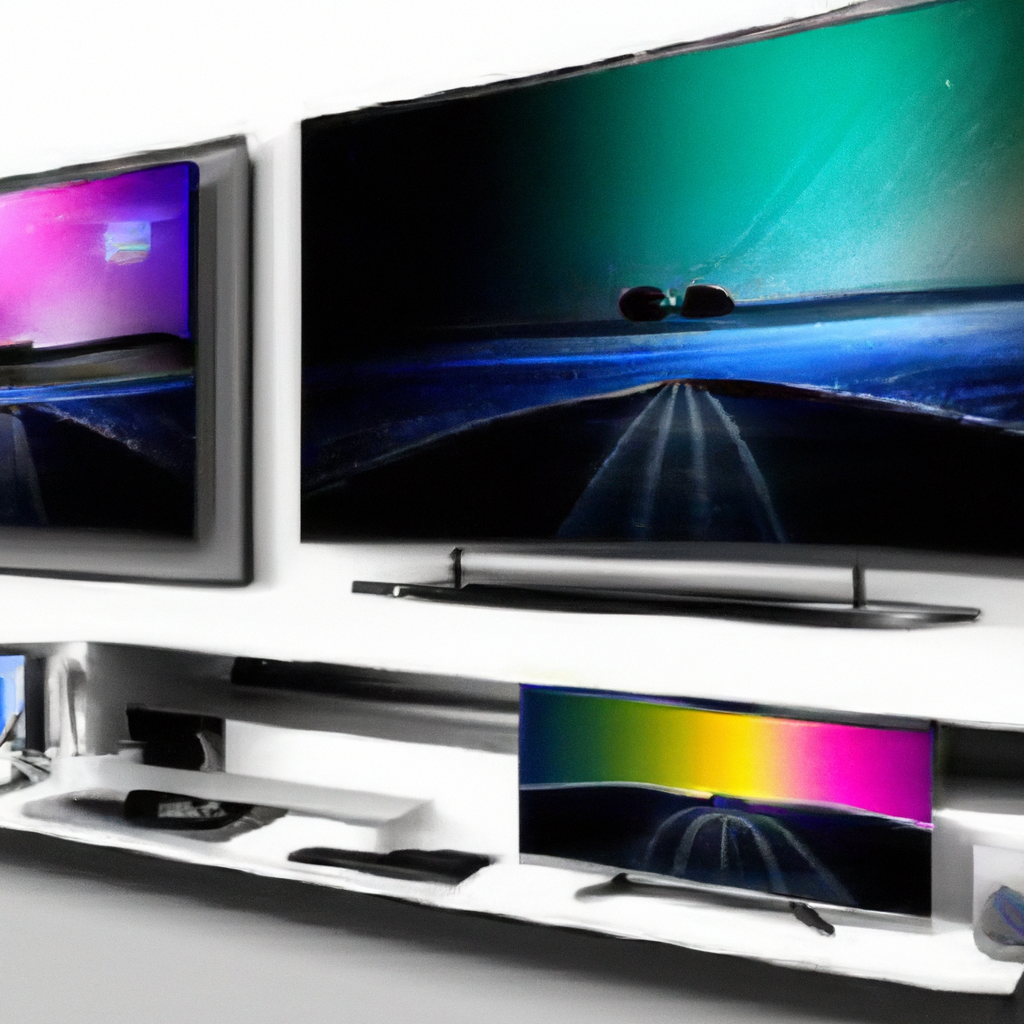
Smart Features
Assess the availability of voice control and virtual assistants
Smart features have become an integral part of modern smart TVs. Assess the availability of voice control and virtual assistants on the smart TVs you are considering. Voice control allows you to navigate menus, control settings, and search for content using simple voice commands. Virtual assistants like Google Assistant or Amazon Alexa can provide hands-free control and integration with other smart devices in your home. Consider the convenience and level of integration offered by these smart features based on your personal preferences.
Consider features like screen mirroring, multitasking, and app store access
Smart TVs offer a variety of features beyond voice control. Consider the availability of screen mirroring or casting capabilities, which enable you to mirror the screen of your smartphone or tablet onto the TV. This allows for easy sharing of photos, videos, and presentations. Multitasking is also an important feature to consider, especially if you like to switch between apps or have multiple windows open simultaneously. Additionally, check the app store access and ensure that your preferred streaming services and apps are available on the platform you choose.
Take into account the presence of built-in streaming services or casting capabilities
Another aspect to consider is the presence of built-in streaming services or casting capabilities on the smart TV. Some TVs come with popular streaming apps like Netflix, Hulu, or Disney+ pre-installed, allowing for seamless access to your favorite shows and movies right out of the box. Others may offer casting capabilities that allow you to stream content from your smartphone or tablet directly to the TV. Consider your preferred method of accessing streaming services and ensure that the TV supports it to make your viewing experience hassle-free.
Additional Considerations
Assess the design and aesthetics of the TV
While not necessarily a crucial factor, the design and aesthetics of the smart TV can contribute to the overall ambiance of your bedroom. Consider the design language, bezel size, and stand style to ensure that it complements the existing decor of your bedroom. Slim bezels and sleek, minimalistic designs are popular choices that can add a touch of elegance to your entertainment setup. Ultimately, choose a design that you find visually appealing and fits well with your bedroom’s aesthetic.
Consider the energy efficiency rating and power consumption
Energy efficiency is an important consideration not only for environmental reasons but also for long-term cost savings. Look for smart TVs with high energy efficiency ratings, as they are designed to minimize power consumption during operation. Energy-efficient TVs not only reduce your carbon footprint but can also result in lower electricity bills over time. Check for Energy Star certifications or other energy efficiency labels when making your purchasing decision.
Check for warranty and customer support options
Smart TVs are significant investments, so it’s crucial to check for warranty and customer support options. Ensure that the TV comes with a manufacturer’s warranty that covers any potential defects or issues. Additionally, research the brand’s reputation for customer support and after-sales service. Read reviews, reach out to customer service representatives, and explore online forums to gauge the level of support provided by the brand. A reliable warranty and responsive customer support can provide peace of mind and assistance in case any problems arise.
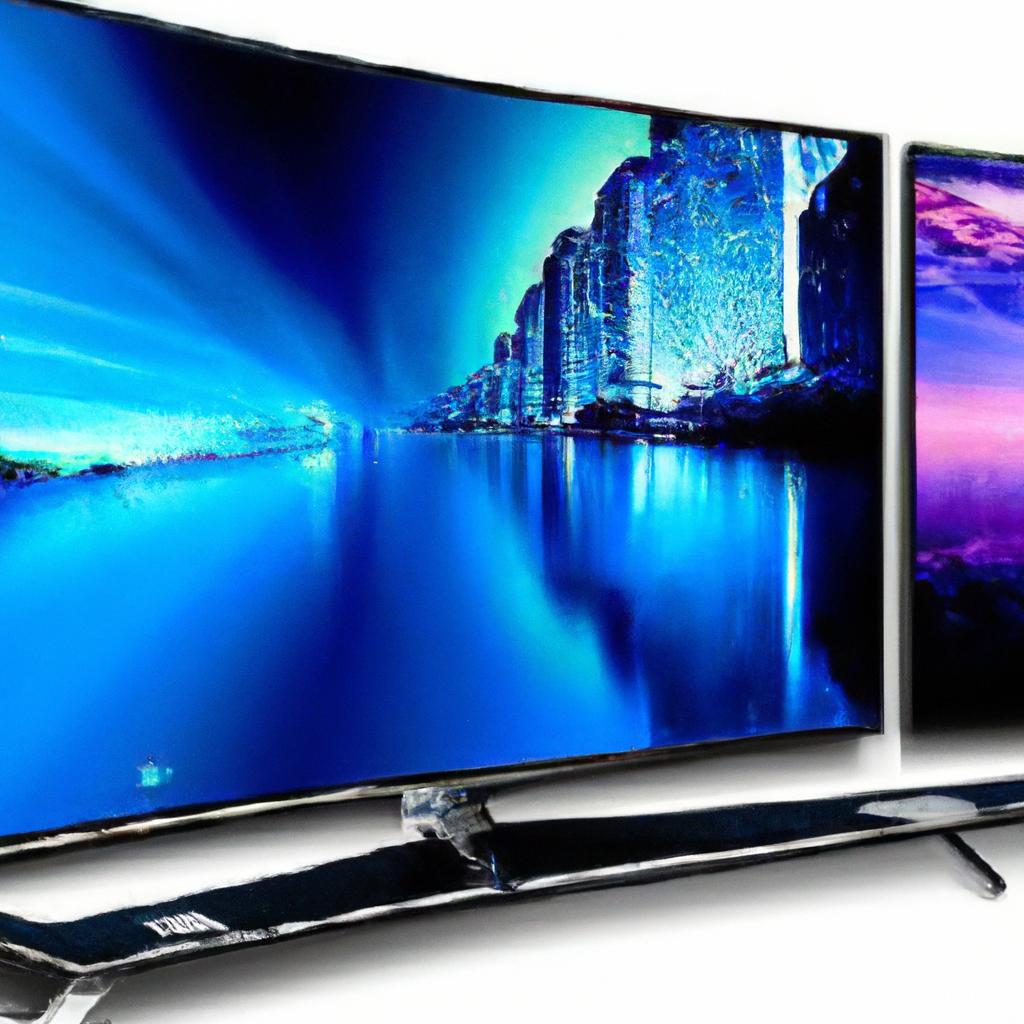
Price Range
Decide on your budget for the smart TV
Before diving into the world of smart TVs, it’s essential to establish a budget. Decide on the maximum amount you are willing to spend on a smart TV for your bedroom. Setting a budget will help narrow down your options and prevent overspending. Consider your personal financial situation, needs, and priorities, and determine a realistic budget that aligns with your expectations.
Research and compare prices from different brands and retailers
Once you have a budget in mind, it’s time to research and compare prices from different brands and retailers. Take the time to visit local electronics stores, browse online marketplaces, and explore manufacturer websites. Look for discounts, promotional offers, or bundle deals that may be available. Consider the reputation and reliability of the brand, as well as customer reviews, to ensure you are making a worthwhile investment. By comparing prices and exploring different options, you can find the best value for your budget.
Consider the long-term value and potential future-proofing of the TV
When evaluating the price of a smart TV, consider both the short-term cost and the long-term value. A cheaper TV may seem appealing initially, but it’s important to assess the overall quality, durability, and features of the TV. Investing in a slightly more expensive option with better build quality and advanced features like future-proof technologies can ensure that your TV stays relevant for a longer period. Balancing price and long-term value allows you to make an informed decision and potentially save money in the long run.
Conclusion
Summarize the key factors to consider when buying a smart TV for your bedroom
When buying a smart TV for your bedroom, several key factors come into play. Consider the size of your bedroom in relation to the screen size, determine the ideal viewing distance, and take into account the available space for mounting or placing the TV. Choose the display technology that best suits your budget and desired picture quality, considering options like LED, OLED, QLED, or MicroLED. Opt for a resolution that meets your needs, be it 4K Ultra HD or 1080p.
Choose a smart TV operating system that offers a user-friendly interface, app availability, and compatibility with your other smart devices. Look for sufficient connectivity options like HDMI, built-in Wi-Fi and Ethernet, as well as additional features like Bluetooth and USB ports. Evaluate the audio quality and consider investing in a soundbar or external speakers for enhanced sound. Assess the availability of smart features such as voice control, screen mirroring, and built-in streaming services.
Also, take into account additional considerations like the design and aesthetics of the TV, energy efficiency ratings, and warranty and customer support options. Set a budget, research and compare prices from different brands and retailers, and consider the long-term value and potential future-proofing of the TV. Ultimately, it’s crucial to make an informed decision based on thorough research and personalized preferences to ensure the best smart TV experience in your bedroom.
